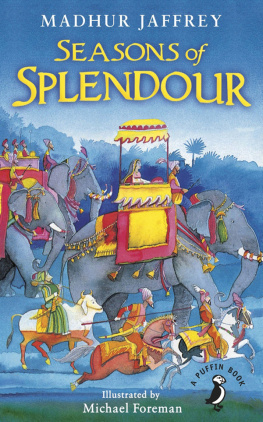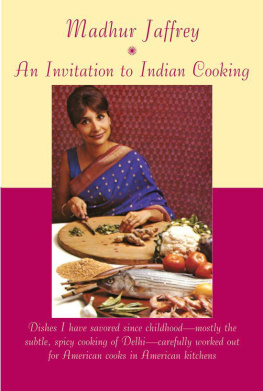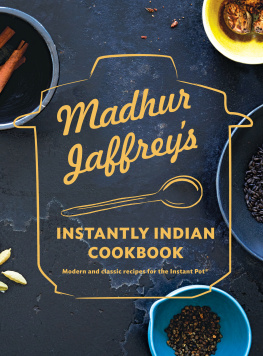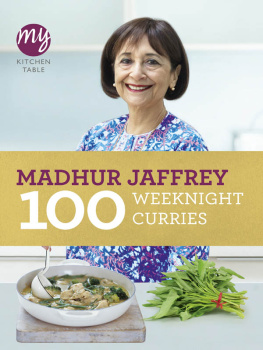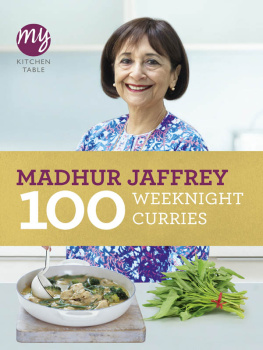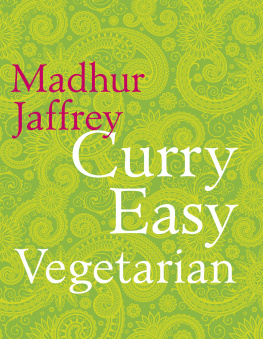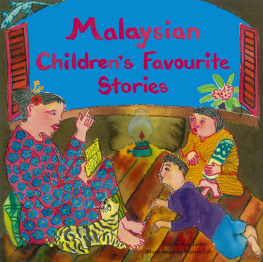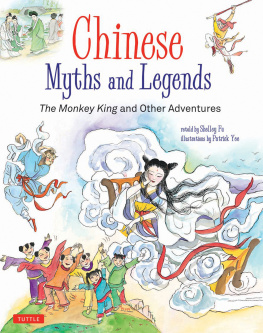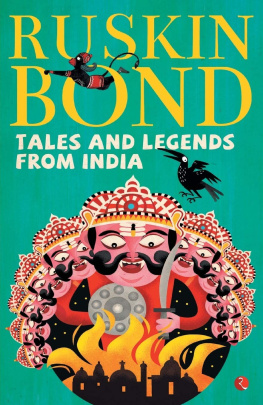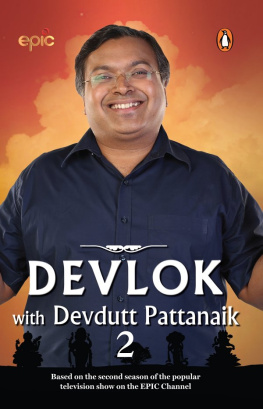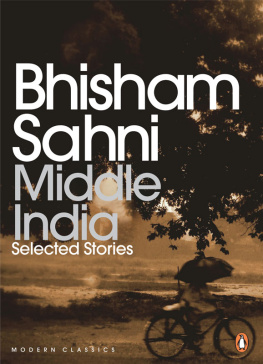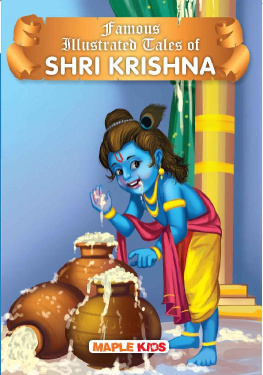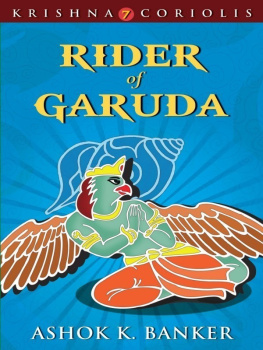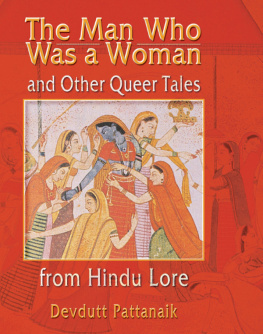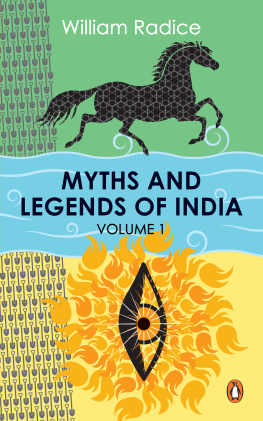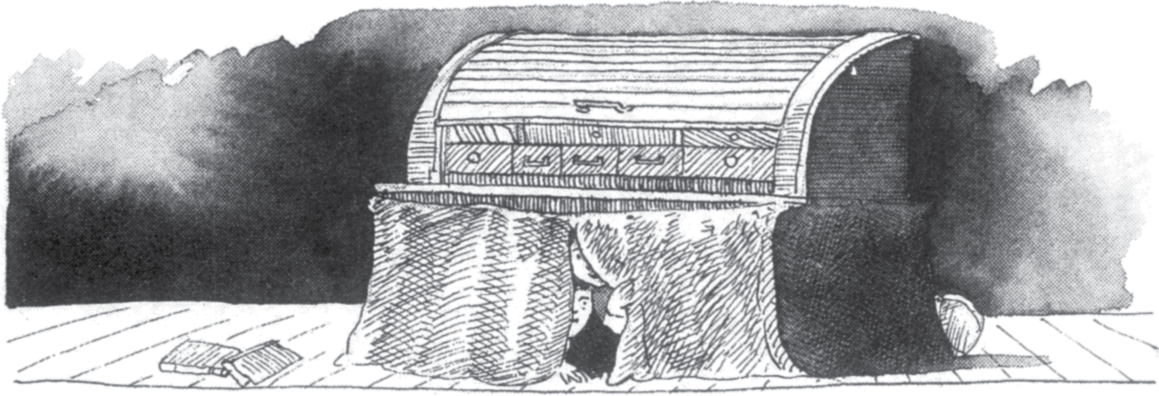Contents
PUFFIN BOOKS
UK | USA | Canada | Ireland | Australia
India | New Zealand | South Africa
Puffin Books is part of the Penguin Random House group of companies whose addresses can be found at global.penguinrandomhouse.com.
www.penguin.co.uk
www.puffin.co.uk
www.ladybird.co.uk
First published by Pavilion Books Limited 1985
Published in Puffin Books 1987
Published with black and white illustrations 1992
Reissued in this edition 2016
Text copyright Madhur Jaffrey, 1985
Illustrations copyright Michael Foreman, 1985, 1992
Cover illustration by Michael Foreman
The moral right of the author and illustrator has been asserted
ISBN: 978-0-141-96641-0
All correspondence to:
Puffin Books
Penguin Random House Childrens
80 Strand, London WC2R 0RL
M ADHUR J AFFREY was born near Delhi and grew up listening to stories such as these, mainly from the older women in the family. Today she is known throughout the world as a talented actress and, more recently, an author of cookery books. In Seasons of Splendour she has returned to the colourful myths and legends she was told as a child, and the result is a dramatic collection for children to read for themselves or have read aloud to them in the traditional Indian way.
Your story starts here
Do you love books and discovering new stories?
Then puffin.co.uk is the place for you
Thrilling adventures, fantastic fiction and laugh-out-loud fun
Brilliant videos featuring your favourite authors and characters
Exciting competitions, news, activities, the Puffin blog and SO MUCH more
puffin.co.uk
It all started with a scarecrow
Puffin is over seventy years old. Sounds ancient, doesnt it? But Puffin has never been so lively. Were always on the lookout for the next big idea, which is how it began all those years ago.
Penguin Books was a big idea from the mind of a man called Allen Lane, who in 1935 invented the quality paperback and changed the world. And from great Penguins, great Puffins grew, changing the face of childrens books forever.
The first four Puffin Picture Books were hatched in 1940 and the first Puffin story book featured a man with broomstick arms called Worzel Gummidge. In 1967 Kaye Webb, Puffin Editor, started the Puffin Club, promising to make children into readers. She kept that promise and over 200,000 children became devoted Puffineers through their quarterly instalments of Puffin Post.
Many years from now, we hope youll look back and remember Puffin with a smile. No matter what your age or what youre into, theres a Puffin for everyone. The possibilities are endless, but one thing is for sure: whether its a picture book or a paperback, a sticker book or a hardback, if its got that little Puffin on it its bound to be good.
www.puffin.co.uk
This book is dedicated to those who inspired it:
Prem Bhua, Kiran Bhua, Shammo Bhua and Bawa
Introduction
Dear Reader,
When I was about five years old, there was a roll-top desk in my uncles study. Between its four legs was a space that seemed enormous and quite perfect for putting on plays. With a few old sheets tacked on as curtains, we had an ideal stage.
We wrote the plays, my cousins and I.
You see, we all lived together in my grandfathers large house in Delhi. There were a good five dozen of us, a strange mix of short, plump women who spent their days pickling, knitting and gossiping, tall shrewd men who went to work every day in gleaming cars and returned to play bridge and drink whisky, old servants who polished the cars, milked the cows, mowed the grass and put up the mosquito nets, and a lot of cheeky children who spent much of their free time either listening to stories told by the elders or else translating them into live theatre. Presiding over this entire brood was my white-bearded, barrister grandfather.
There was no tradition of bedtime stories in our family. Perhaps our parents, aunts and uncles just did not want to yell out stories to twenty bedded-down children.
No. Our family tradition of storytelling consisted more of the family huddle. We would crowd around an aunt on the Big Room divan or around my grandmother on the Prayer Room carpet or, if my mother was telling the story from a drawing-room sofa, we would drape ourselves over its arms and back, even overflowing on to the floor, bodies overlapping bodies.
The fund of stories seemed endless. The plump women of the house would no sooner emerge from their baths in freshly starched summer voile saris, their faces smelling of powder and vanishing cream, than we would drag them to a sofa or carpet or divan to tell us a story. They would demur, we would insist. They would give in and settle down languorously with a great rustling of their crisp saris. Pillows would be adjusted. One leg would be tucked under the other. Soon there would be no sound other than the whirring of the fan and the twittering of garden birds.
Since Lord Krishnas birth is about to be celebrated, how about the story of his birth?
Yes, yes, yes, we would say in unison.
Could you go up to the point when Krishna slays the serpent? a cousin would ask.
Please make the wicked King Kans really, really wicked, I would add. Could we have red bulging eyes?
Some of the stories we were told were of ancient origin and were drawn from our religious epics. Others, also ancient, had no recognizable source. They had just been told, in my family, generation after generation for centuries. What all the stories had in common was a clear moral tone. This made it more comfortable for the elders to tell them to us and, strangely enough, it made us children feel secure. What was right and what was wrong was so very clearly defined.

